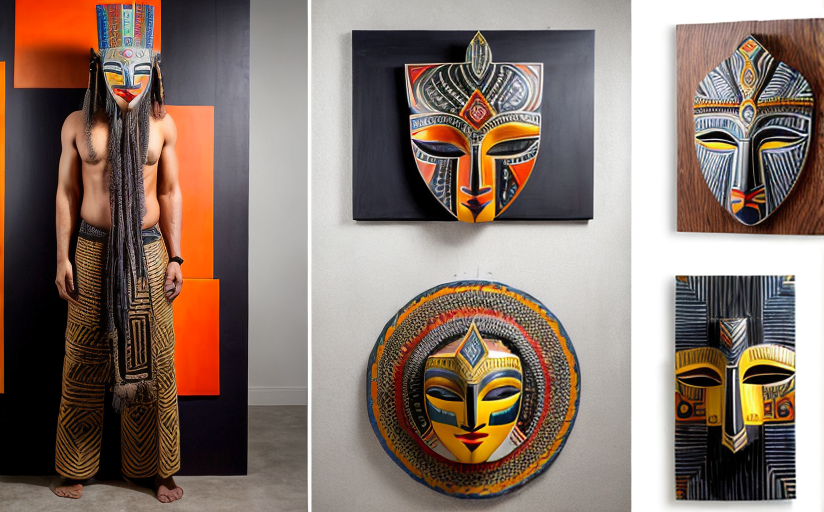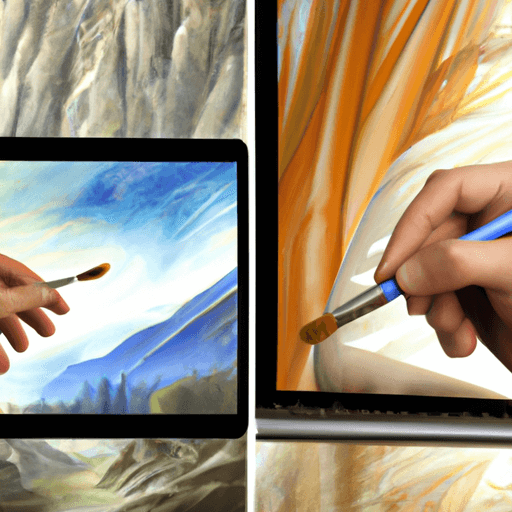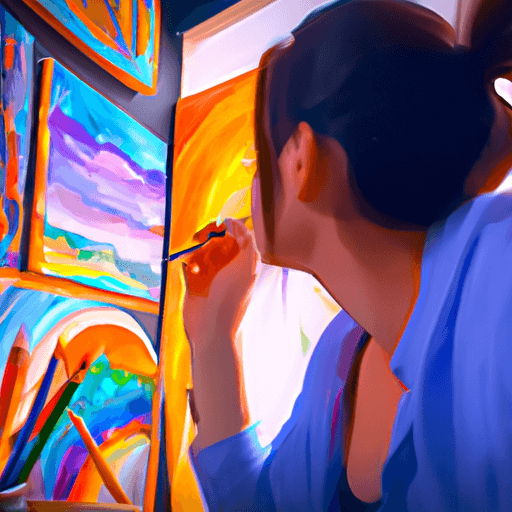Impacts and Influences of Ancient Tribal Art on Modern Design Aesthetics
In the current landscape of design, the influences of ancient tribal art are palpable. The impact is seen not just in the reuse of tribal art attributes, but also in the application of their patterns, symbols, and colors in a variety of creative disciplines.
Tribal Art and its Characteristics
Tribal art is a manifestation of the rich history, deep-rooted tradition, and inherent creativity of various ancient cultures around the globe. Its unique appeal lies in its abstraction and simplicity, yet there are narratives and profound symbolism hidden in its patterns, colors, and choice of subject matter. Each tribe has distinct attributes, from the geometric patterns of African tribes to the intricate designs of Native American art, and the vivid colors of Indigenous Australian paintings, all contribute to a wide range of aesthetics.
Tribal Art in Modern Design
The spellbinding quality of tribal art has had a profound influence on modern design aesthetics. These ancient patterns and symbols have found their way into different fields such as:
Fashion
The fashion industry frequently borrows from ancient tribal art, with designers incorporating tribal patterns and colors into their collections. For instance, the traditional geometric patterns of Navajo Indians have been repurposed in modern Bohemian-style fashion.
Architecture
Modern architecture has also benefited greatly from tribal art. The use of inlaid patterns and symbols borrowed from ancient tribal art, as seen in buildings like the New Zealand's Marae buildings or the tribal motifs in commercial spaces, add a unique aesthetic appeal.
Product Design
In product design, the characteristic elements of tribal art have found widespread use. Today, tribal motifs are prevalent in home decor, furniture, and even tech gadget designs.
Advertising
Advertising professionals have harnessed tribal art's symbolic richness for communication purposes. Campaigns often use tribal symbolism to convey emotions and cultural values that resonate with audiences.
The Relevance of Tribal Aesthetics Today
The continued prevalence of tribal aesthetics in modern design is a testament to its timeless appeal. Renowned designer Yves Saint Laurent once said, Fashions fade, style is eternal, and tribal art, with its undeniable style and rich cultural narratives, is certainly eternal.
Experts suggest that the appeal of tribal art lies in its human origin and its connection with nature and spirituality. In today's technology-dominated world, this connection provides a sense of grounding, authenticity, and realness. Furthermore, tribal aesthetics offers an avenue for cultural appreciation, propagation, and preservation of ancient cultures in a rapidly modernizing world.


















Comments
Leave a Comment